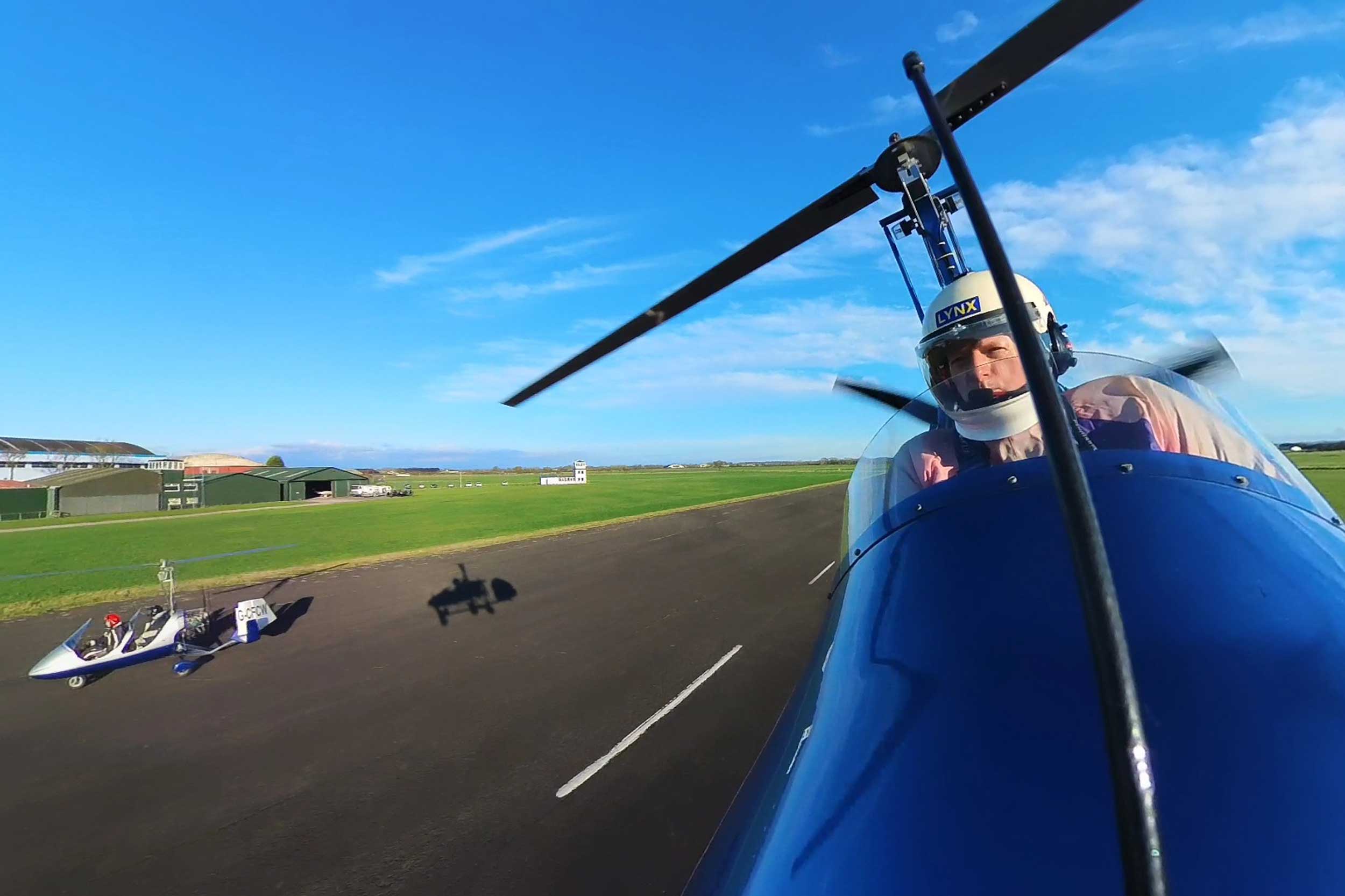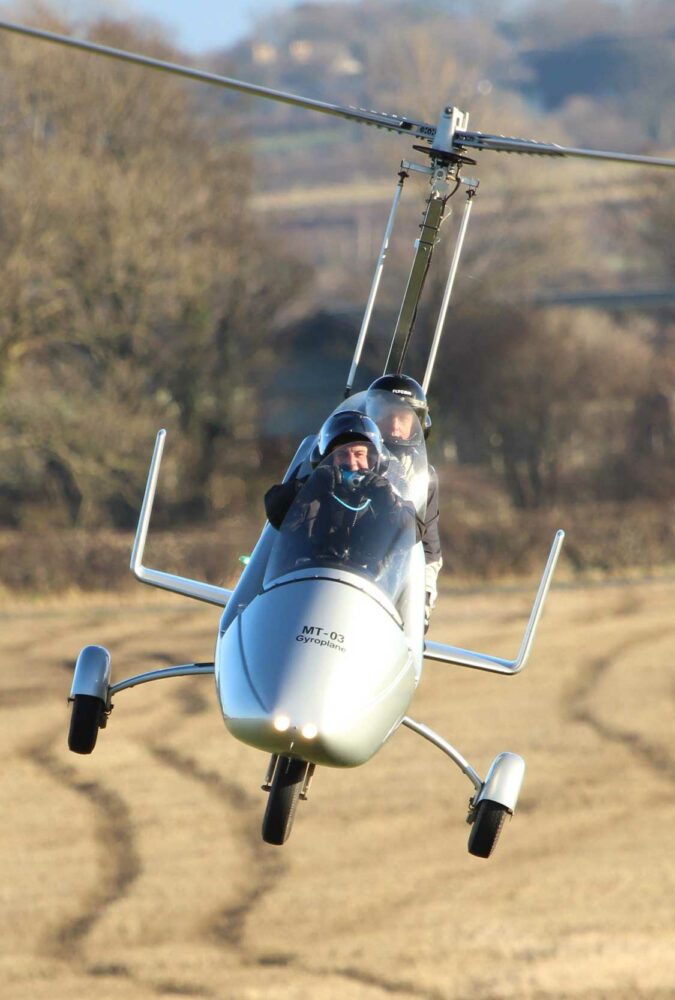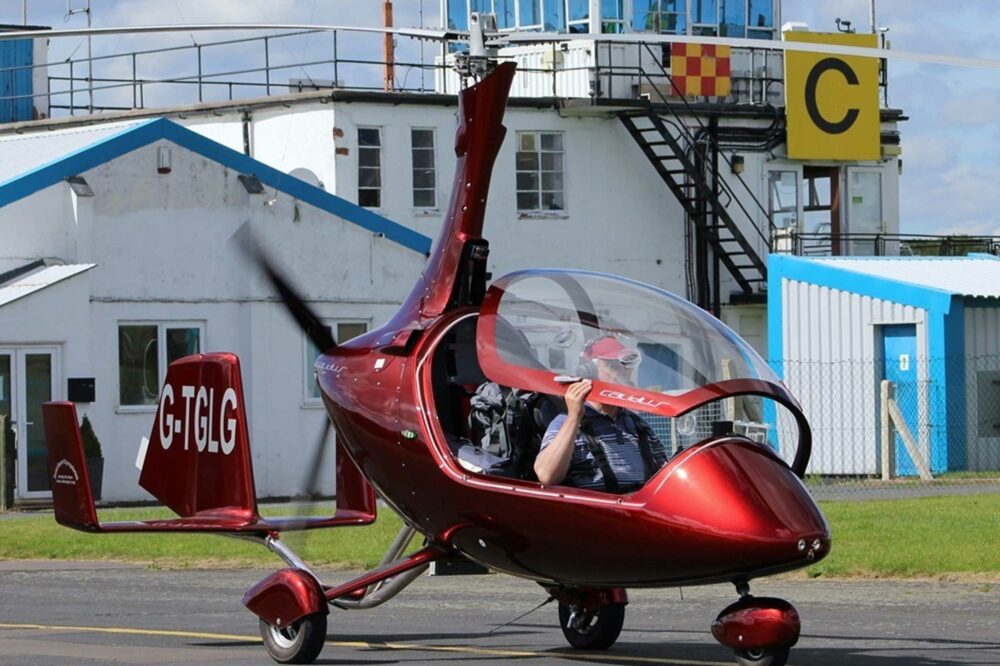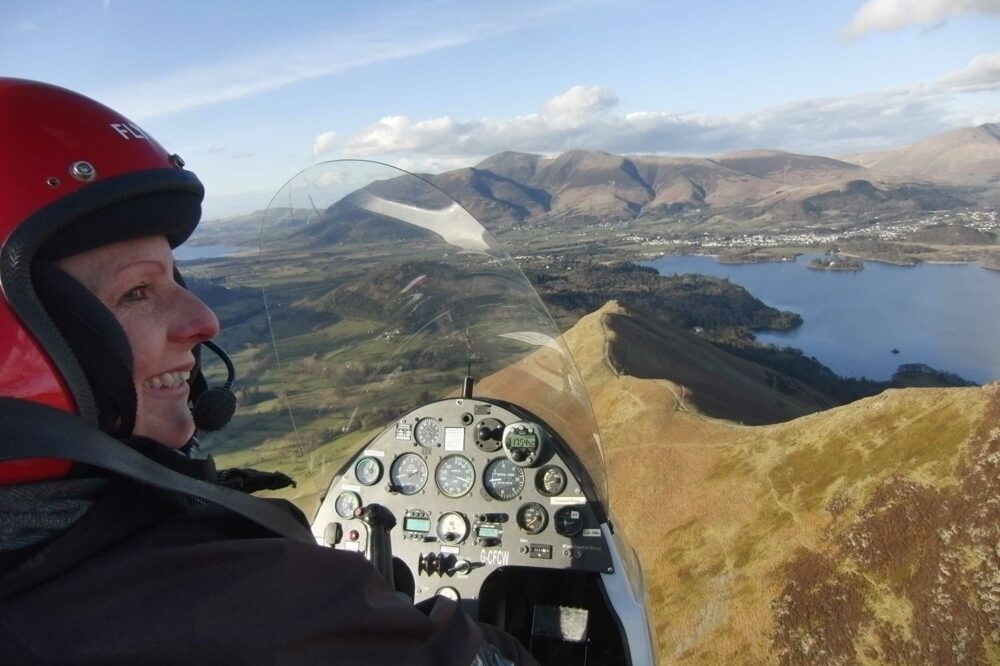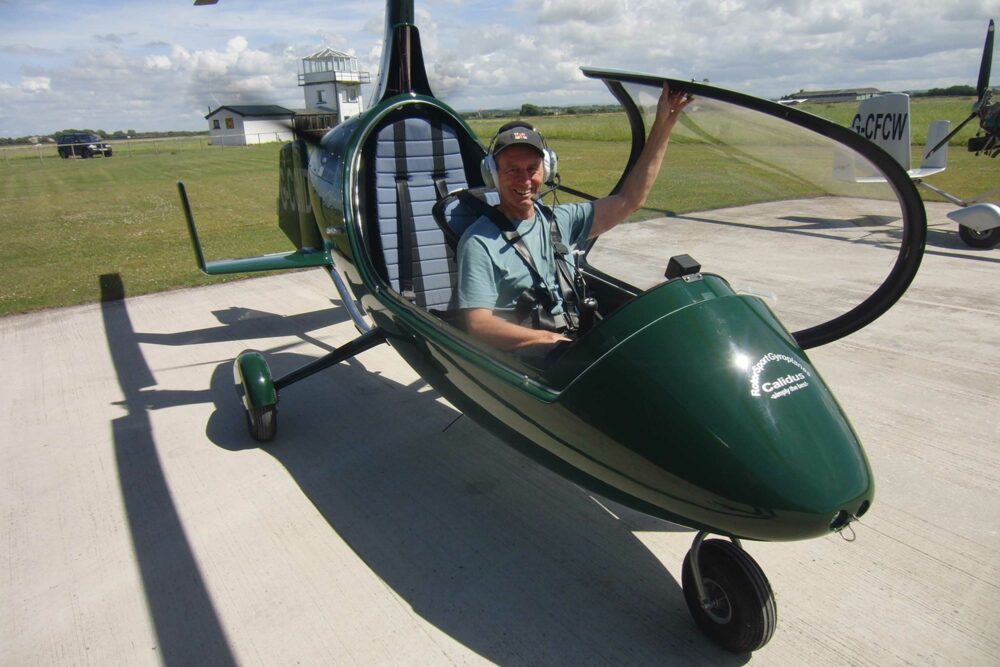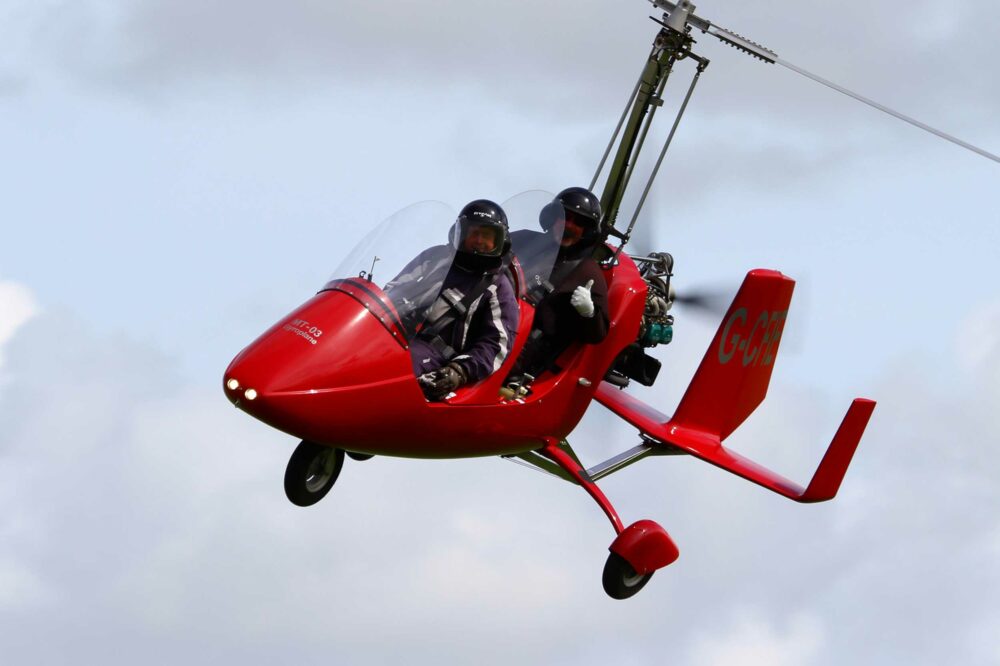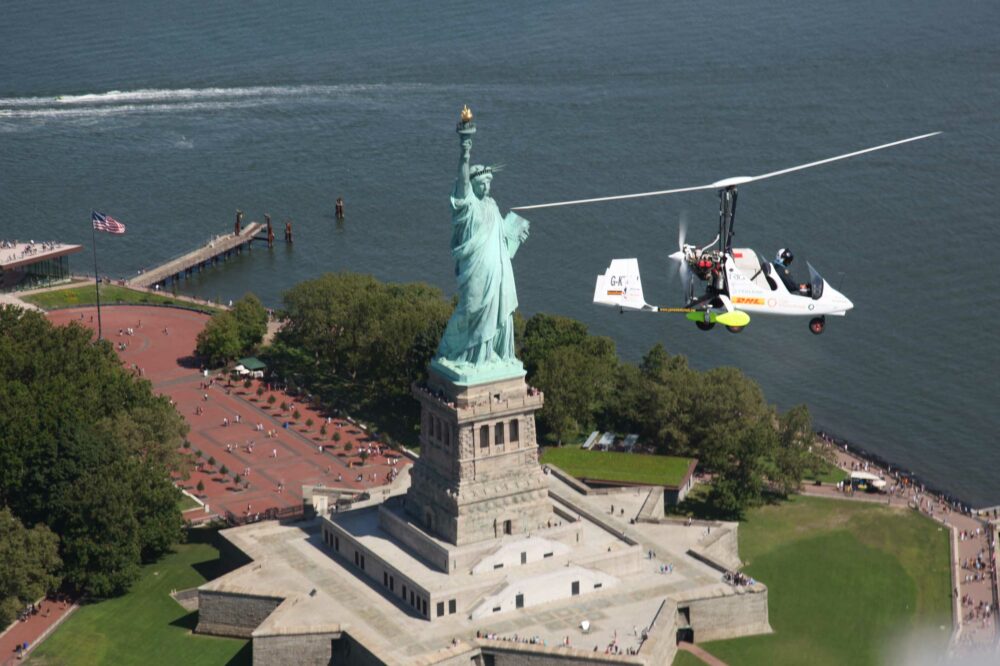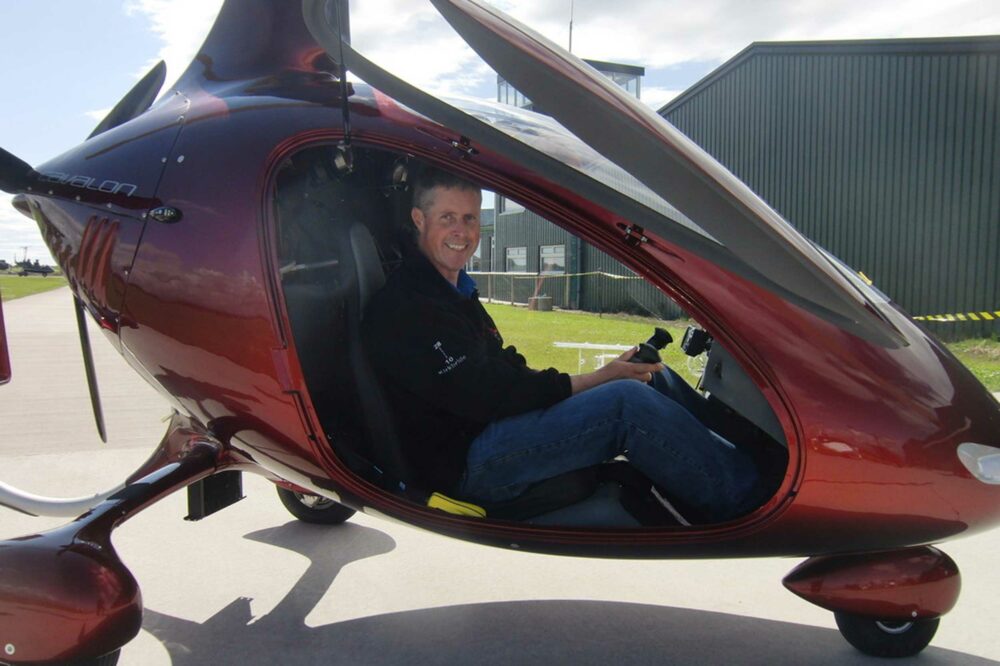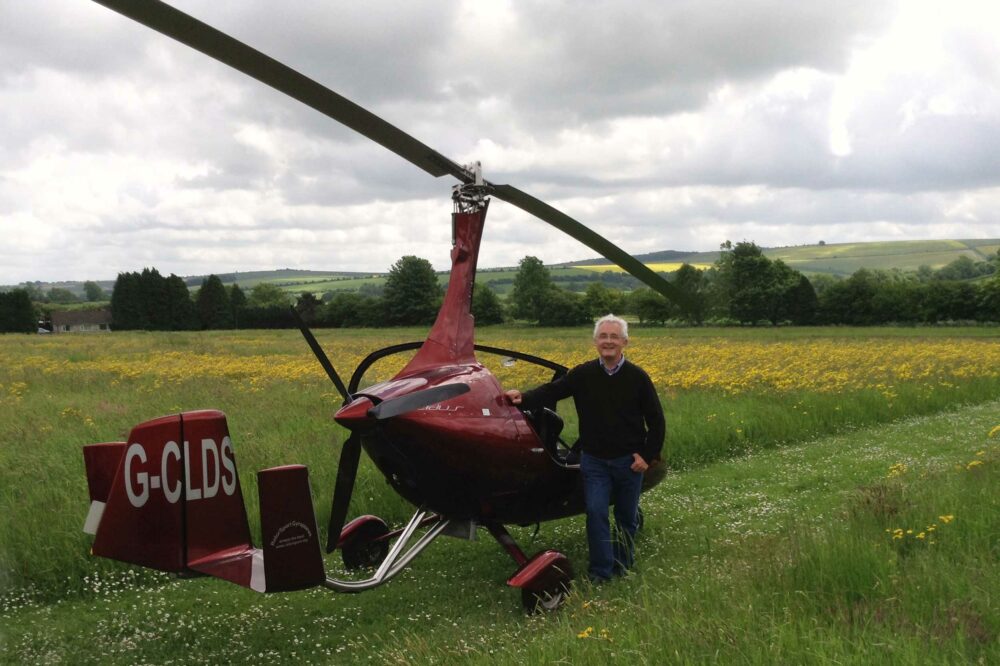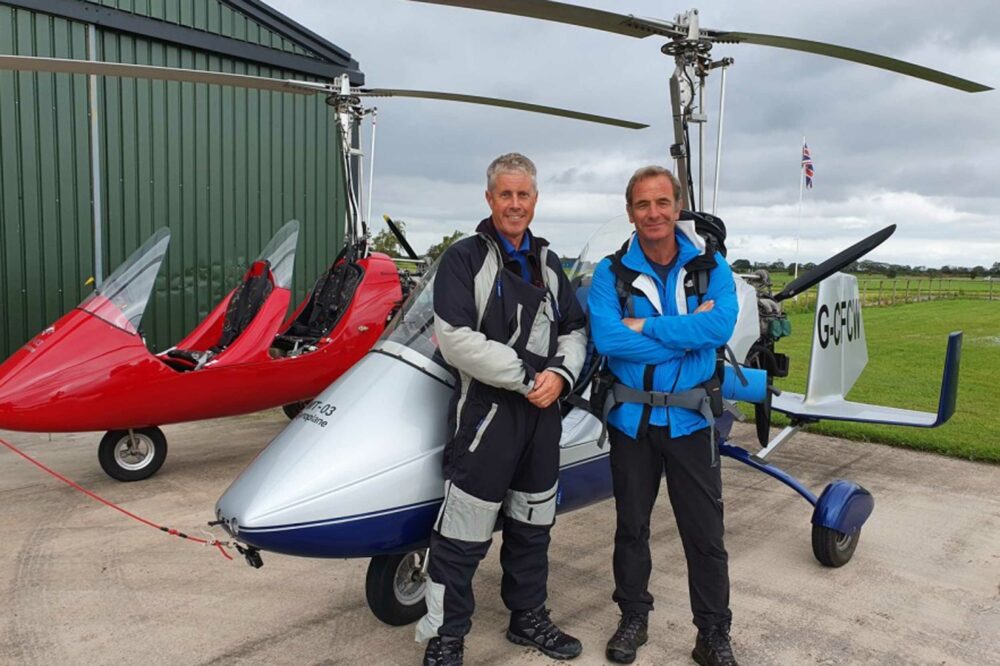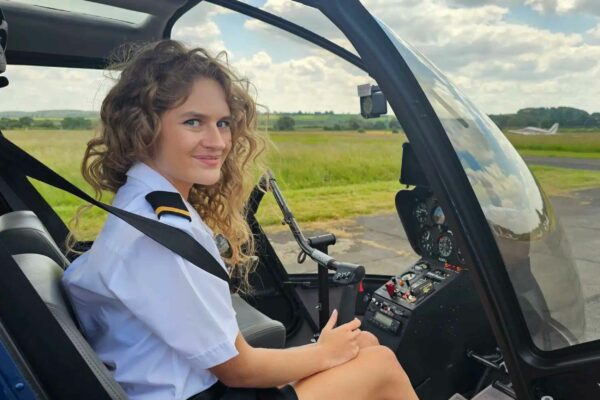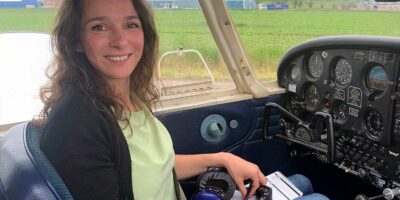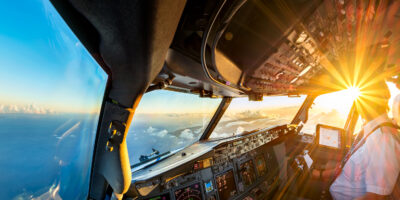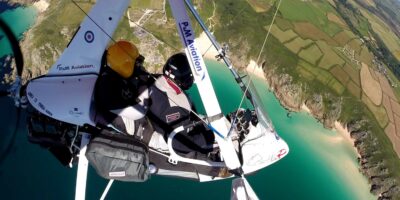Insurance
Want to fly solo on a gyroplane that belongs to the flying school? Make sure you’re insured to do this. Some clubs require you to contribute towards their added insurance costs for allowing students to fly their machines on their own, others charge a so-called ‘solo insurance premium’. In both cases, the price is usually around £500 per year.
There’s also a returnable bond you’ll need to pay before soloing. This is usually £5,000 and covers any damage to the gyroplane while you’re flying it. If you’ve completed your training without accidents, you’ll get all this money back.
Long story short: when asking for the price of flight training, check exactly ‘what is and what isn’t’ included in the hourly price you’re quoted. Make sure the flight training rate includes VAT – if not, it means you’ll have to add 20%. In the UK, rates for flight training are almost always including VAT and so-called ‘wet rates’ (including fuel), but once you’ve got your PPL and are renting a gyroplane, don’t forget to check if the rental rate is indeed a wet one, and not a ‘dry rate’ (excluding fuel).
Pilot Medical Declaration
There’s no need to have a medical examination to obtain your PPL(G). You just have to fill in a self-declaration form, called the Pilot Medical Declaration (PMD). If you’re fit to drive a car, you’re fit to fly. If you’re in any way unsure about your fitness to fly, ask an Aeronautical Medical Examiner for advice (and / or play it safe and get a Class 2 Medical).
Make your self-declaration application via the CELLMA Medical Records online system (this can be accessed by registering for the CAA Portal). There are no costs involved and once you’ve submitted your PMD, it’s valid until the age of 70 (after that, you have to submit a new one every three years). Be aware: if you haven’t made a medical declaration, your PPL(G) is invalid.
Ground exams
In order to obtain your PPL(G), you’ll need to pass five theoretical exams (Aviation Law, Human Performance and Limitations, Meteorology, Navigation, and Gyroplane Technical) with at least a 75% pass mark.
These are official CAA exams, however, this doesn’t mean each flight school charges the same. At Gyroplane Train there’s no charge for the exam, just for the time spent supervising the student and marking the paper. At The Gyropcopter Experience Perth, it’s £35 per exam. At Gyro School, it’s £40 per exam. At Oxford Gyroplanes, which will open in the next few months, it’ll be £50 per exam. The Gyrocopter Experience Oxfordshire also charges £50 per exam.
Beware: not all schools offer the ground exams. The Gyrocopter Experience Caernarfon, for example, does offer free preparation and study help getting ready for the exams, but doesn’t offer the exams themselves. In this case, you’ll have to find another place to do the ground exams.
Study materials
How much does it cost getting ready for these exams? That depends on how you learn the PPL(G) theory: through self-study or groundschool. Self-studying at home is the cheapest option, especially if you learn from textbooks you’ve managed to buy second-hand or borrow from your flight school.
There’s also a lot of material available online to help you preparing for the exams, ranging from ebooks to training software with question banks and mock exams. A good place to start is the International Association of Professional Gyroplane Training, which has created a Gyropedia, and contains all the training materials and everything about learning to fly a gyroplane. Costs of getting exam-ready by yourself range from absolutely zero (if you can borrow all the material you need) to more than £400 for fancy distance learning packages.
Groundschool
Many flight schools offer in-person groundschool tuition where you study in a classroom-like environment with an instructor.
Prices of this groundschool vary. Some examples: The Gyrocopter Experience Oxfordshire and The Gyrocopter Experience Basingstoke both charge £50 per hour. At Oxford Gyroplanes, which will open in the next few months, it’ll be £55 per hour. Highland Aviation’s fees are £65 per hour. And Gyroplane Train charges £60 plus VAT (so £72) per hour.


